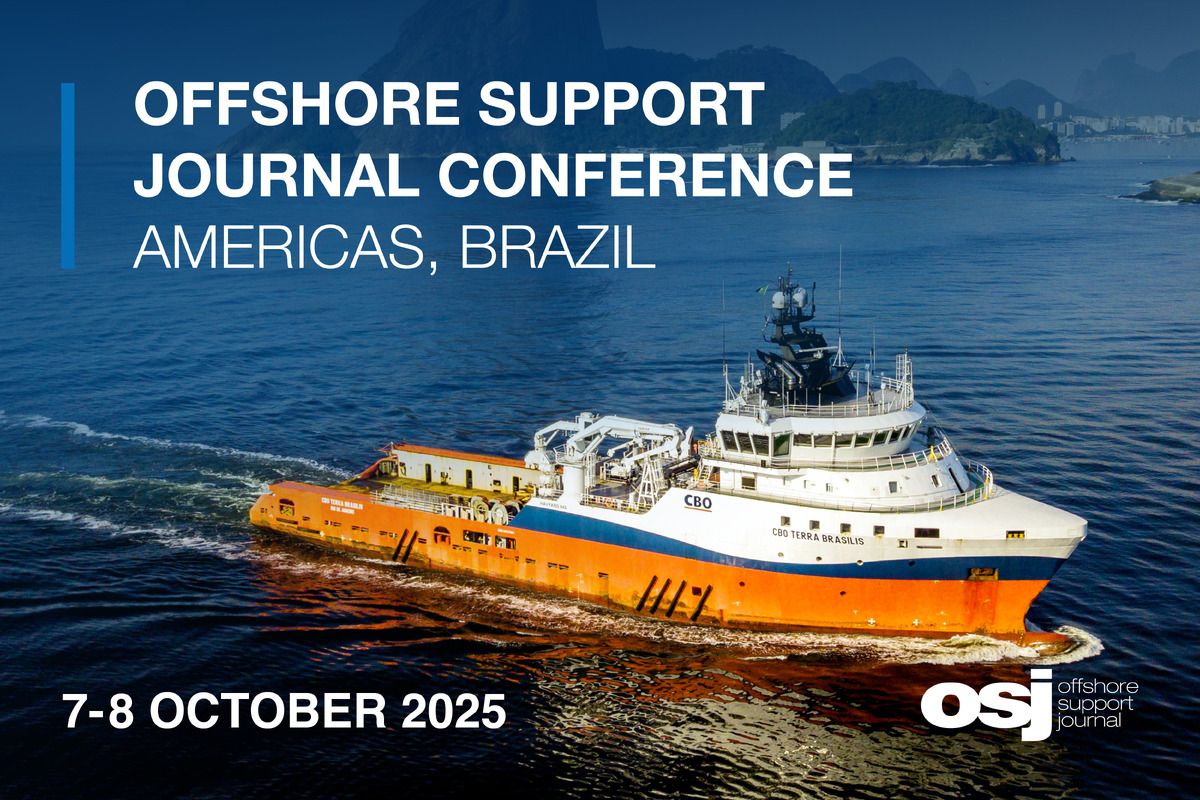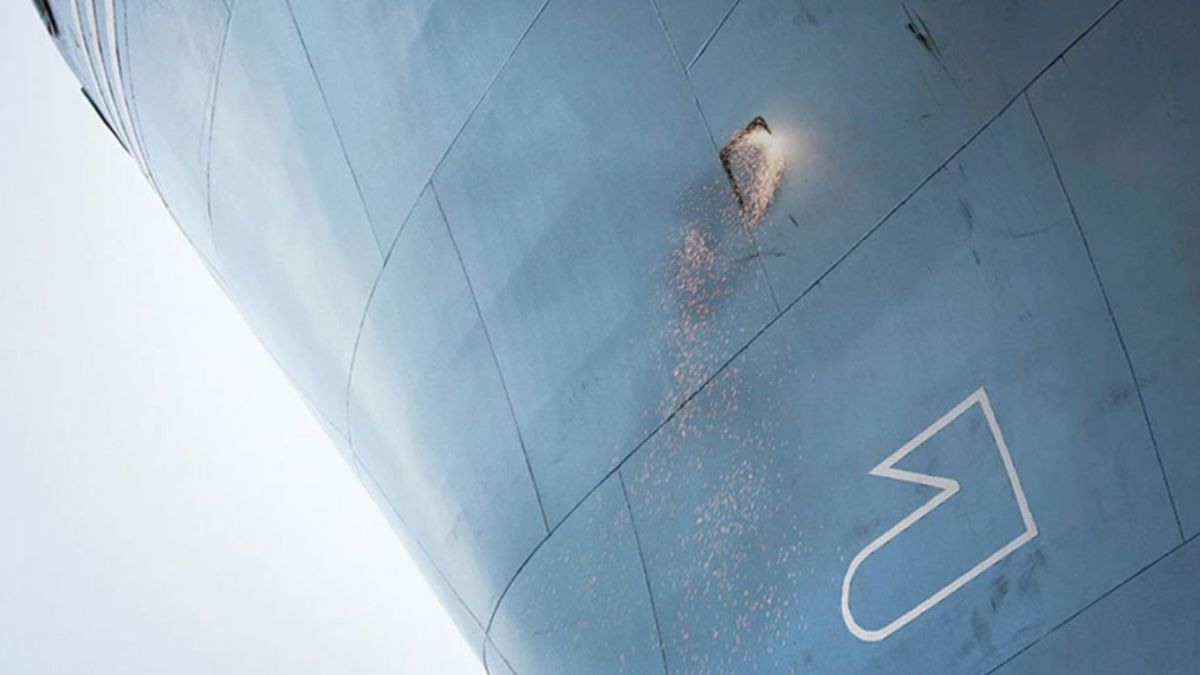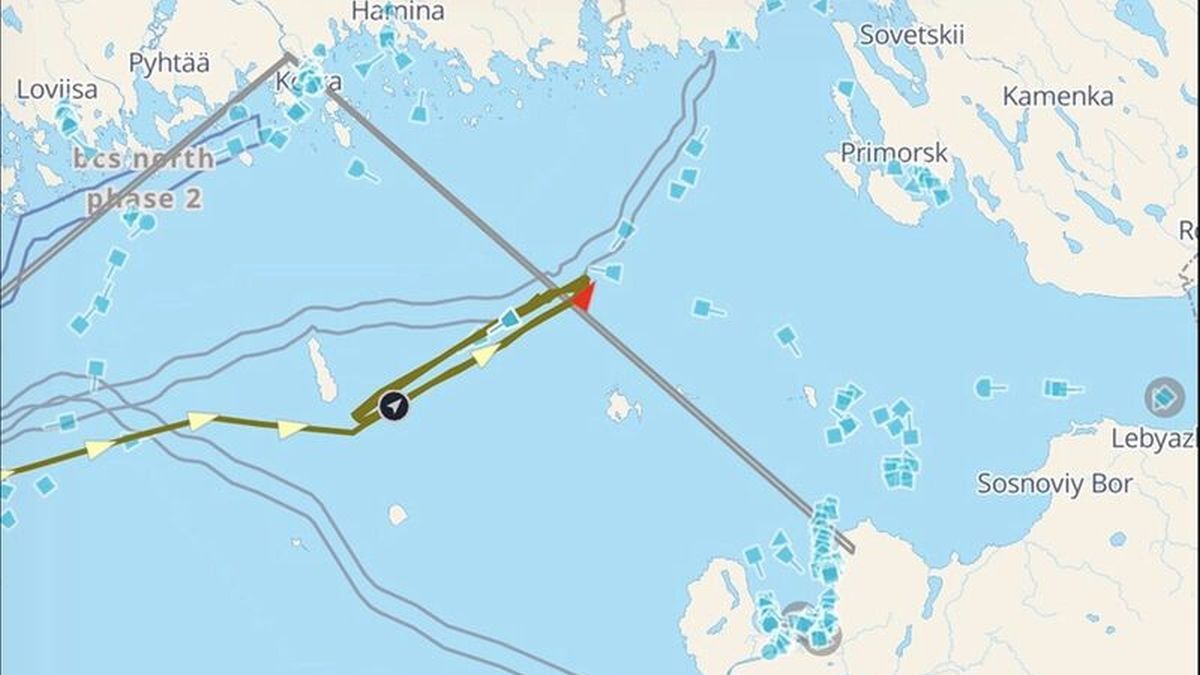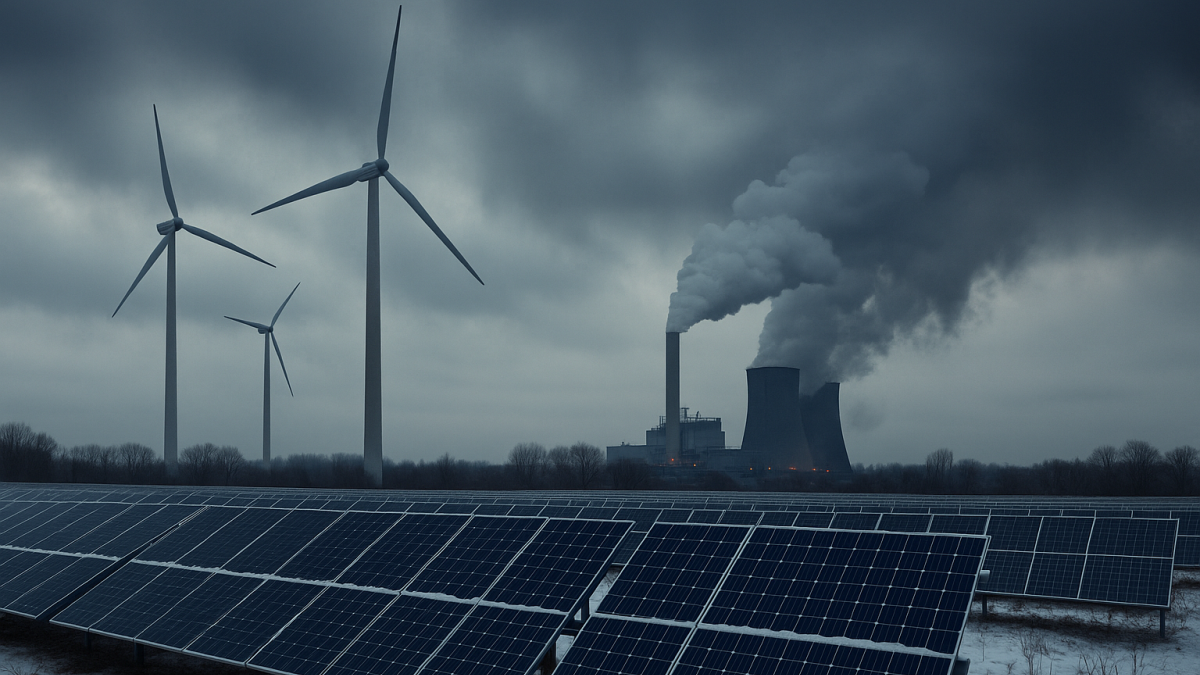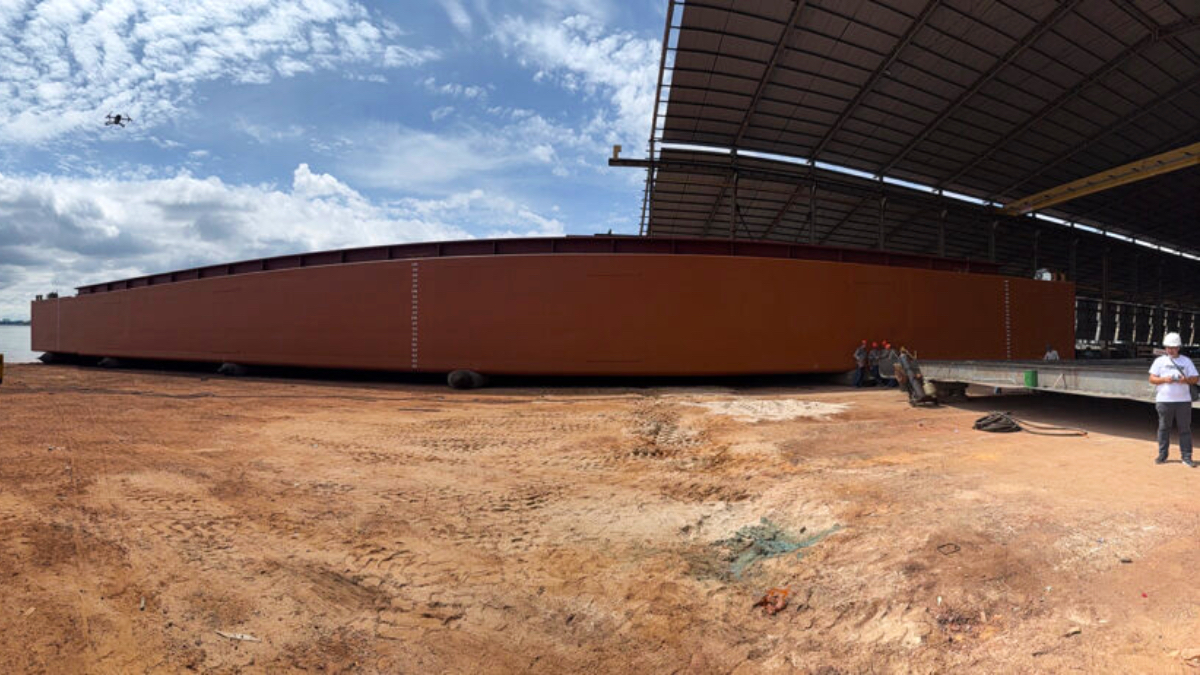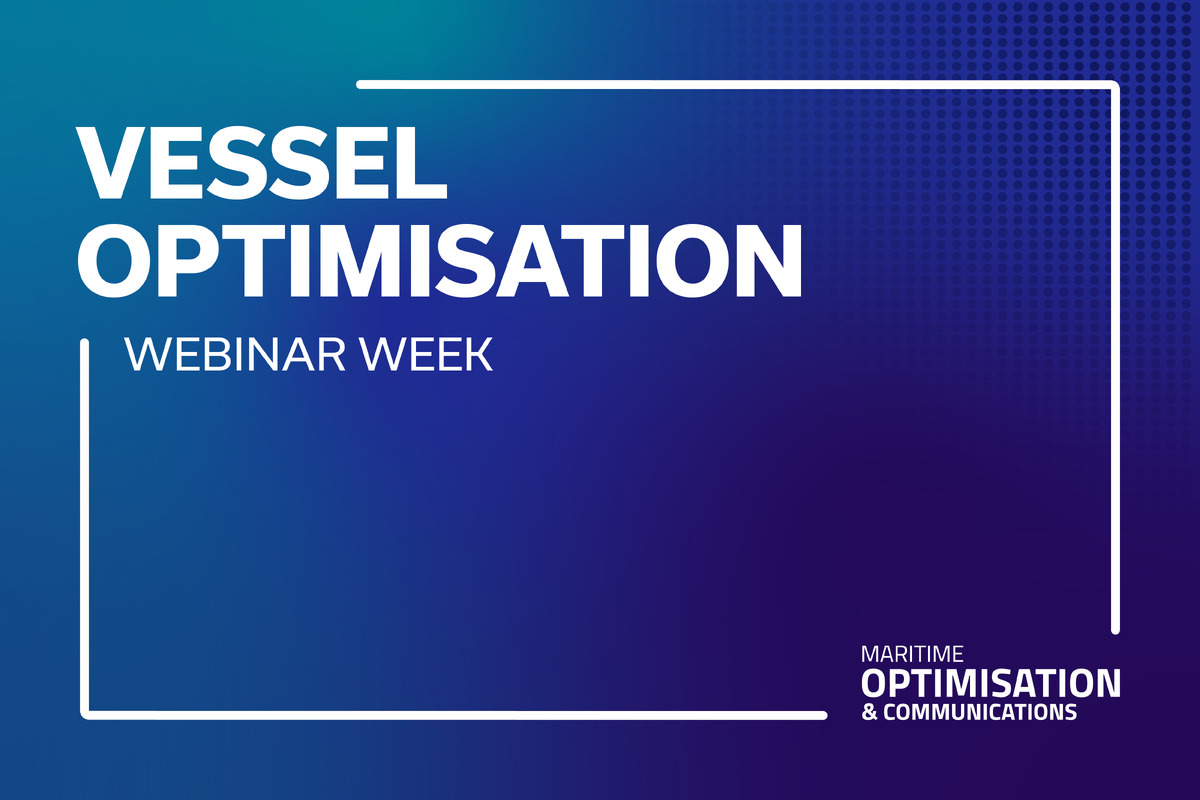Business Sectors
Events
Contents
Register to read more articles.
New engines developed for ammonia, hydrogen and methanol
Original engine manufacturers are preparing to introduce engines for low-emissions fuels on tugs and workboats
Engine manufacturers are introducing engines to run on alternative fuels including hydrogen, methanol and ammonia as increasing numbers of tugs and workboats are ordered with these fuels.
IHI Power Systems is preparing its first dual-fuel engines in Japan, to retrofit onto a tugboat for ammonia-fuelled propulsion, which the company will present at ITS Convention 2024.
The Japanese engineering group is working in collaboration with NYK Line, Nihon Shipyard Co, Japan Engine Corp and ClassNK on the ammonia-fuelled A-Tug, ready to deploy in 2024. Keihin Dock Co will convert the ammonia-fuelled A-Tug with Niigata four-stroke dual-fuel engines and Shin-Nippon Kaiyosha will operate and manage the vessel.
Before installing these engines in June 2024, IHI Power Systems conducted operational tests at its Ota plant in the Gunma Prefecture.
IHI Power Systems deputy director for the marine power system business division Toru Motoda says the latest trials tested exhaust gas aftertreatment devices and fuel supply systems, confirming emissions of di-nitrogen monoxide, which has a greenhouse effect about 300 times greater than CO2, and unburnt ammonia, are virtually zero.
Development, manufacture and shop trials of the Niigata four-stroke, ammonia-fuelled engines followed, ready for installation. Land-based tests in 2023 confirmed stable combustion of fuel ammonia with an 80% co-firing ratio.
IHI Power Systems has since achieved a 95%+ ammonia fuel-mixture ratio with a new engine, says Mr Motoda. He adds the integration testing with exhaust treatment and fuel systems was successful “confirming near-zero nitrous oxide and unburnt ammonia emissions.”
“We verified there were no ammonia leakages during and after operations,” he says. “Installation remains scheduled for mid 2024.” In parallel, project partners have finalised the hull and topsides design and engineering for converting an existing tug into an A-Tug, are working to overcome regulatory clearances and are writing operational manuals.
Anglo Belgian Corp (ABC) unveiled its third Evolve-series engine at the Europort 2023 exhibition in Rotterdam, the Netherlands for large workboats, tugs and inland waterways vessels.
Its Evolve 6EL23 engine is a multi-fuel, six-cylinder medium-speed engine for newbuild projects. It can run efficiently on diesel with an exhaust aftertreatment system for compliance with IMO Tier III and European Union Stage V emissions standards.
This engine is designed for use with biofuels, synthetic fuels and LNG, and with new fuels such as methanol and hydrogen for ultra-low and zero emissions.
ABC says it is the third engine model from the Evolve platform, joining the 4EL23 as the entry-level of this engine line up and the Evolve 20EV23, ABC’s flagship model within the range, which was launched in 2022.
This six-cylinder Evolve engine was introduced as the industry enters “a new era of green shipping” says ABC Engines chief executive Tim Berckmoes.lr “The 6EL23 revolutionises the industry by seamlessly embracing a range of fuels, from conventional options to green alternatives,” he says. “The Evolve 6EL23 is primed for our business partners’ operations towards low and zero-carbon power.”
Evolve 6EL23 has a cylinder power output of 360 kW/cylinder, advanced fuel injection technology, variable valve timing, a single or double-stage turbocharger and a range in revolutions from 720 rpm to 1,200 rpm. Its nominal power range is 1,230 kW at 750 rpm to 2,160 kW with a two-stage turbocharger and 1,200 rpm, an idling speed of 400 rpm, cylinder bore of 230 mm and stroke of 310 mm.
ABC also received type-approval from Lloyd’s Register for the BeHydro hydrogen-powered dual-fuel engines, jointly developed with Euronav’s CMB.Tech. This new engine series has a capacity of up to 2.7 MW, can use hydrogen when available or conventional fuels. ABC says vessel owners can reduce CO2 emissions by up to 85% using this dual-fuel technology.
The dual-fuel hydrogen engines are ready for all marine applications worldwide,” says Mr Berckmoes. One of the first applications for these BeHydro engines, as witnessed by Riviera Maritime Media, is on the world’s first hydrogen-fuelled tugboat Hydrotug 1, which was unveiled by the Port of Antwerp-Bruges, Belgium in December 2023.
Wärtsilä is rolling out methanol-burning versions of its engine series, starting with the Wärtsilä 32 which is widely used on icebreakers, tugs, support vessels and push boats.
The Finish marine technology group will be introducing Wärtsilä 20, Wärtsilä 31, Wärtsilä 46F and Wärtsilä 46TS engines for newbuilds and retrofits for methanol-fuelled vessels.
The Wärtsilä 32 methanol engine and MethanolPac storage and supply system was launched in 2023 after it received type-approval certificates from several classification societies.
Wärtsilä says it is developing methanol retrofit options across its diesel engine portfolio. Four new methanol engines will be available for deliveries from 2025 onwards.
“It is vital for owners to have maximum flexibility and to keep options open as the industry navigates the uncertain pathway to net zero, and we are working hard to deliver this operational flexibility,” Wärtsilä vice president for marine power and power supply Stefan Nysjö says. “Our track record is already very solid, and this expanded engine portfolio adds to both our accomplishments and our long-term commitment to the maritime industry.”
Vessel repowering
While the industry prepares for these new engines, owners are repowering existing vessels for higher performance, extended asset life and lower emissions.
US towboat and barge owner Campbell Transportation Co replaced engines on two towing and push boats working on inland waterways in Q4 2023. Laborde Products repowered 1968-built Louise S and is doing the same on 1968-built CJ Queenan to extend their operating life on the Mississippi River.
On Louise S, engineers replaced three EMD 12-645 propulsion engines with three Mitsubishi S16R-Y3 engines, compliant with US Environmental Protection Agency (EPA) Tier 3 emissions standards. These new engines, each outputting 1,250 kW, bring the total vessel power to 3,750 kW, significantly enhancing the towboat’s capability and efficiency.
“Since Louise S has returned to service, the numbers indicate significant fuel savings and noticeable performance improvement,” says Campbell Transportation director of maintenance Michael Pilgrim. “We are extremely pleased with the results.”
Wagenborg Towage replaced a two-stroke diesel engine on 1977-built inland pusher tug Gyas with a Volvo D13-400 main engine and aftertreatment units to become compliant with EU Stage V emissions standards.
This retrofit extended its operating life and capabilities which reduced installed power by 22%, cutting fuel consumption by 30%, NOx by 85%, and increasing its bollard pull by over 40%, while noise levels were lowered from 101 dBA to 68 dBA.
“We see more and more ports, clients and contractors are demanding cleaner ships to do the work. For this reason, we have opted to invest in making Gyas greener,” says Wagenborg Towage director Marc Mazereeuw.
Rhenus Group is retrofitting its older vessels with new technologies, beginning with two push boats RSPSB146 and RSPSB153, both 40 years old and among the first to be modernised.
Following the upgrade, the Deutsche Binnenreederei-operated vessels will have modern Stage V engines.
Conversion has taken about 10 months, with the old engines replaced with modern diesel generators manufactured by Scania and Caterpillar. Rhenus says it will reduce pollution caused by particulate matter by as much as 40%, while the 740-kW engines triple the performance of these vessels.
The enginerooms were completely gutted and refurbished to create space for the larger engines, new electronics and modern controls. A new power train with thrust bearings and shaft seals was added, and the rudder hydraulics were updated.
In the long term, Rhenus aims to build hydrogen-powered vessels, but in the short term it is opting for engine upgrades. RSPSB146 and RSPSB153 will continue to operate on east German inland waterways.
Click here to read the latest Marine Propulsion News and sign up for the FREE Marine Propulsion e-newsletter for exclusive content and offers.
Related to this Story
Events
Offshore Support Journal Conference, Americas 2025
LNG Shipping & Terminals Conference 2025
Vessel Optimisation Webinar Week
© 2024 Riviera Maritime Media Ltd.
